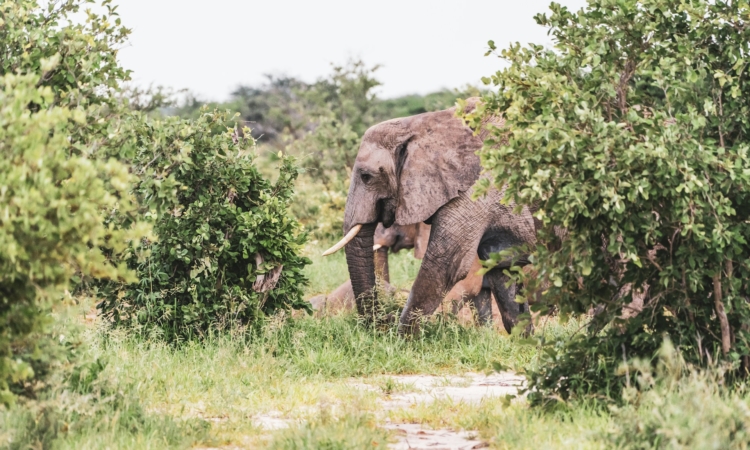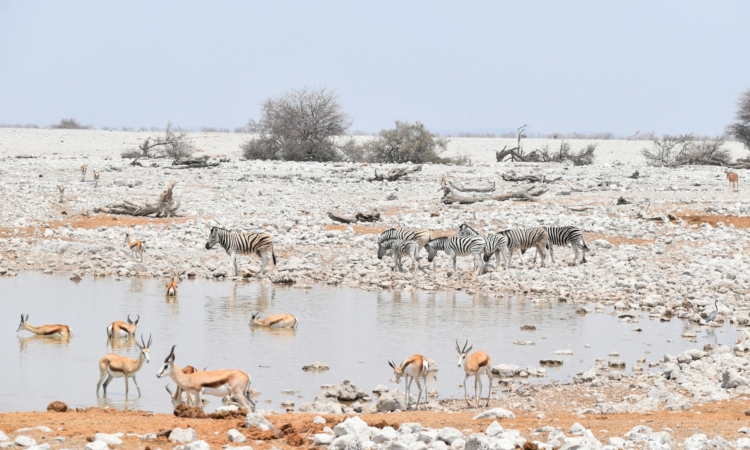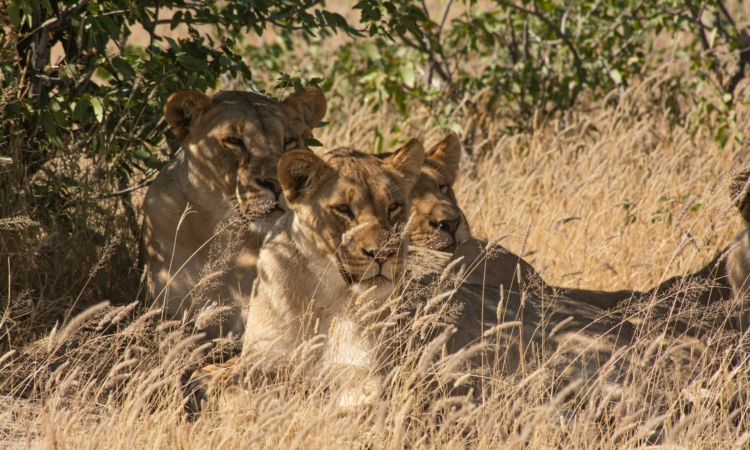The Namutoni Region is on the eastern side of Etosha National Park. This area is known for its greener landscape, open grassy plains, and dependable water sources that attract many animals throughout the year.
At the heart of the region is Namutoni Camp, a historic site built around an old German fort. The fort has been carefully restored and now serves as one of the main tourist camps in the park. Visitors can reach this part of Etosha through the Von Lindequist Gate, which is the eastern entrance.
The Namutoni Region is the first area visitors see when entering from the east. It is a good place for wildlife viewing, with well-known waterholes such as Chudop, Kalkheuwel, Klein Namutoni, and Ngobib. These waterholes often have large gatherings of animals, especially during the dry season.
Close to the camp is Fischer’s Pan, a large seasonal wetland. During and after the rainy season, it attracts many bird species, including flamingos, pelicans, and other waterbirds. This is also a great time to see elephants, giraffes, zebras, lions, and different antelope species, all of which roam freely in the area. Many visitors enjoy this region for photography and relaxed wildlife drives.
Namutoni Camp has a more peaceful and historical atmosphere compared to the busier Okaukuejo or Halali camps. The camp features whitewashed walls, lookout towers, and shaded paths for walking. Guests can use the restaurant, swimming pool, bar, fuel station, and curio shop. The camp is set in a calm bush setting where visitors can relax after game drives.
The combination of thicker vegetation, natural springs, and open plains means the Namutoni Region supports both woodland and open-area wildlife. Animals that prefer trees, such as kudu and eland, can often be seen here, while the open spaces near Fischer’s Pan offer wide views and colourful sunrises.
Because it is less busy than the park’s southern entrance, the Namutoni Region feels quieter and more relaxed. At the same time, it provides excellent opportunities to see a variety of wildlife, making it a rewarding part of Etosha to explore.







